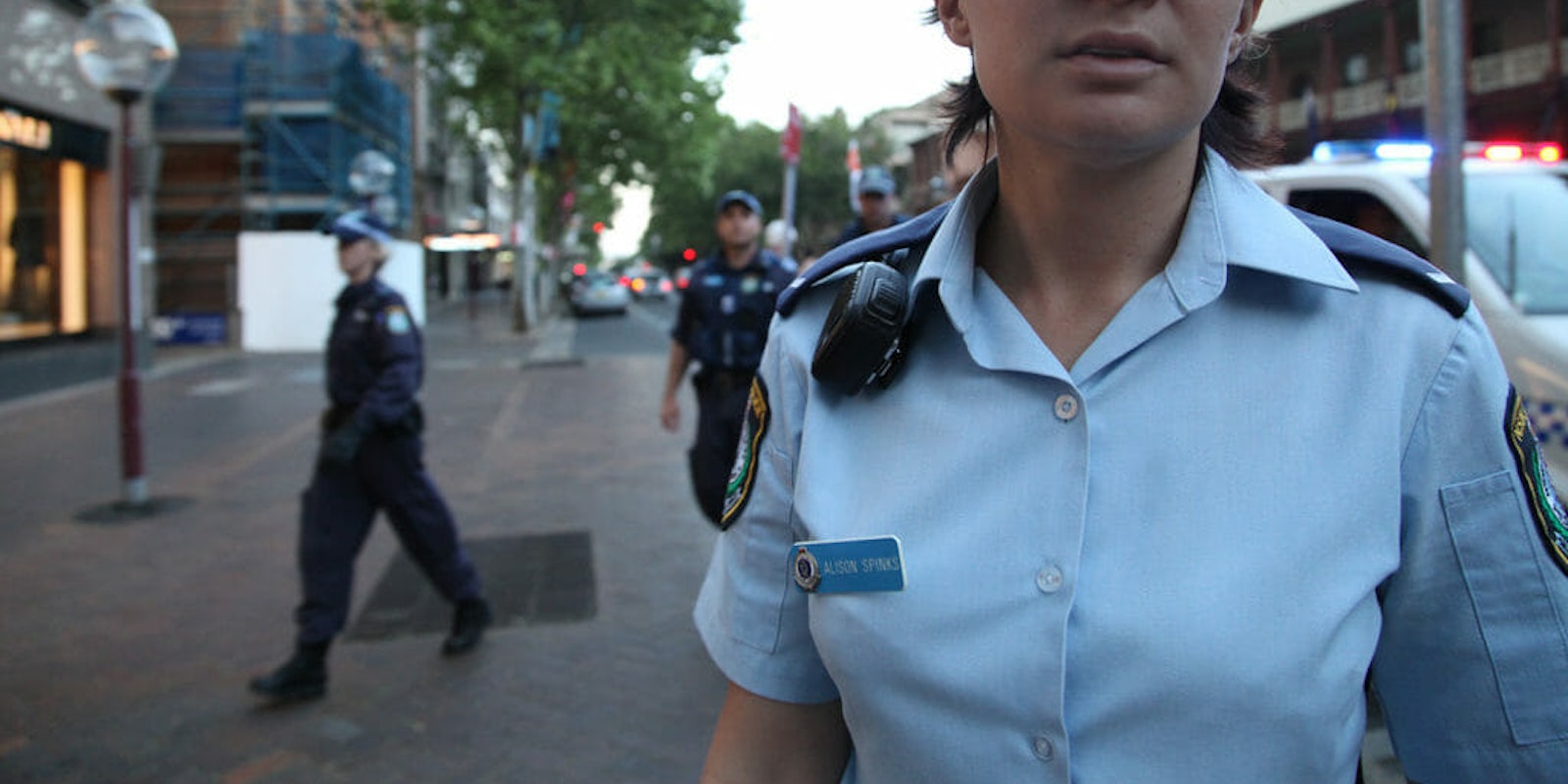Last week, the police in Delhi, India, announced that they were preparing to mount a new campaign tackling violence against women on the city’s streets: a new motorcycle-based police unit that’s predominantly women. The squad, called the Raftaar or “Speed” unit, will comprise 600 trained police officers, over 60 percent of whom are female, armed with guns, pepper spray, tasers and body cameras, according to the Hindustan Times, and is designed specifically to target the problem of harassment and violence against women in Delhi’s public spaces. But will female police be a lasting solution to gender-based violence?
Delhi spokesperson Dependra Pathak told the Hindustan Times that having the motorcycle-mounted squad will serve as “first responder[s] in emergencies” in areas frequented by women. (It was initially reported that the Raftaar squad would be all-female, but the Delhi Police said that not enough female police officers have motorbike driving licenses for the 600-strong squad to be all women.) The idea of training female police officers to be on the front lines against street harassment and assault is an appealing one, but understanding whether it will work involves looking at the problem a bit deeper.
The Idea Behind India’s New Solution
The Guardian reports that in 2016, there were over 2,150 sexual assaults recorded in Delhi, making it the worst city in the world for female victims of street crime — and those figures don’t include assaults that go unreported. It’s a city whose lack of safety for women has made headlines, as in the case of the assault of a 23-year-old woman in 2012, who later died from injuries sustained during the attack. Protests about protecting women on Delhi’s streets have been a frequent occurrence, and the female-dominated motorbike police are part of an onslaught of new initiatives that are attempting to transform the city into a safer one. 100,000 male rickshaw drivers must now attend compulsory training to prevent harassment of female passengers in the capital, the Guardian reported. But the police force’s Raftaar unit is gaining particular worldwide attention.
The rationale behind the Raftaar unit is multi-faceted. As with the establishment of specific “women’s complaint units” run by female officers in Pakistan, it’s thought that having female police on the front lines will make female victims feel more comfortable and safer in discussing their experiences. It’s also a signal to would-be assaulters that women are capable of defending themselves and others with the full sanction and training of the state. The female police officers will be patrolling areas often dominated by women, additionally, where male police might be less welcome or given less access, which hampers police work.
But Are More Female Police Officers The Answer?
Gender parity in police forces is a long way off in many parts of the world; in the U.S., only about 13 percent of the entire national police force is female, according to CNN, citing the National Center for Women and Policing. And attaining respect in the field remains a difficult position for women who choose police work. A 2012 study of male and female police officers in Taiwan, for instance, found that male officers tended to think women were less capable and efficient at their jobs.
However, people have been looking at the social and community benefits of female police for quite a long time. A 2017 study published in the journal Governance found that female police officers are believed to be more effective at fighting corruption than men — not that they are better at it, necessarily, but that the community thinks they are. And Harvard Law experts in 2015 proposed that campus sexual assault complaints are not taken seriously enough partly because a lot of campus police forces don’t include many women. Female cops are far less likely to receive excessive force complaints, for instance, and the more female officers there are in an area, the more domestic violence against women is reported and the reports are taken more seriously. Hopefully, long-term, that attention might result in more deterrents for people who harass or assault women, and a lower rate of crimes against women overall — but we don’t have concrete proof that such a result will actually happens. It’s also important to remember that women can also carry outdated or biased ideas about gender, sex, and women’s roles in the world — as can female police officers.
Ultimately, the quest to end violence against women in public and private, in India as much as anywhere else worldwide, is a matter of changing patriarchal ideas about gender in many complex ways. Police forces are primarily about the punishment of those who break laws; targeting gender-based violence also needs to look at the root of the behavior in the first place. While the 600-strong Raftaar unit will hopefully make women feel safer on the streets of Delhi, they’re only part of a much bigger solution to a worldwide problem.
Correction: The headline has been changed to “majority-female,” not “all-female.” We regret the error.
This story originally appeared on Bustle and has been republished with permission.


